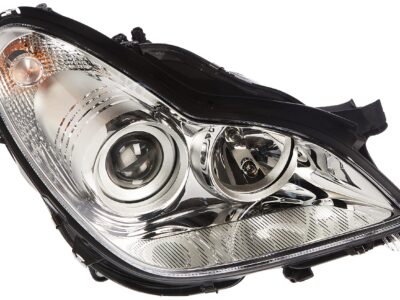
Fiat Panda Suspension Problems: Identifying and Fixing Common Faults

The Fiat Panda is a popular city car known for its versatility and reliability. However, like any vehicle, it is not immune to mechanical issues, particularly when it comes to its suspension system. A faulty suspension can lead to a rough ride, uneven tire wear, and compromised handling. This article will explore common suspension problems affecting the Fiat Panda, providing guidance on identifying and fixing faults to ensure a smooth and safe driving experience. By understanding the causes and symptoms, owners can take proactive steps to maintain their vehicle's suspension and prevent more costly repairs down the line.
- Common Suspension Faults in Fiat Panda: Causes and Symptoms
- What are the common faults in suspension system?
- What are the most common problems with a used Fiat Panda hatchback?
- What are the 5 steps to diagnose problems with suspension system?
- What is the life expectancy of a Fiat Panda?
- Frequently Asked Questions
Common Suspension Faults in Fiat Panda: Causes and Symptoms
The Fiat Panda is a popular city car known for its reliability and maneuverability. However, like any other vehicle, it is not immune to suspension problems. The suspension system plays a crucial role in ensuring a smooth ride, stable handling, and overall safety. When suspension faults occur, they can lead to a range of issues, from minor annoyances to major safety concerns. In this section, we'll explore the common suspension faults in Fiat Panda, their causes, and symptoms.
Identifying Worn-out Shock Absorbers
Worn-out shock absorbers are a common issue in Fiat Panda, particularly in models with high mileage. Excessive wear on the shock absorbers can cause a bumpy ride, reduced handling, and increased stopping distances. Symptoms of worn-out shock absorbers include uneven tire wear, nose diving when braking, and excessive bouncing after hitting bumps. To identify worn-out shock absorbers, inspect the shock absorbers for signs of leakage or damage.
| Symptoms | Causes |
|---|---|
| Bumpy ride | Worn-out shock absorbers |
| Uneven tire wear | Misaligned suspension |
| Nose diving when braking | Faulty shock absorbers |
Diagnosing Ball Joint Issues
Ball joints are another critical component of the Fiat Panda's suspension system. Worn-out ball joints can cause clunking or creaking noises when driving over bumps or making sharp turns. If left unchecked, worn-out ball joints can lead to loss of steering control and uneven tire wear. To diagnose ball joint issues, inspect the ball joints for signs of wear or damage, and check for any play or movement in the joints.
| Symptoms | Causes |
|---|---|
| Clunking or creaking noises | Worn-out ball joints |
| Loss of steering control | Faulty ball joints |
| Uneven tire wear | Misaligned suspension |
Fixing Suspension Bushings
Suspension bushings play a crucial role in maintaining the integrity of the suspension system. Worn-out suspension bushings can cause vibrations and noises when driving, particularly when navigating rough roads. To fix suspension bushings, inspect the bushings for signs of wear or damage, and replace them if necessary. Replacing suspension bushings can be a relatively straightforward process, but it may require specialized tools and expertise.
| Symptoms | Causes |
|---|---|
| Vibrations and noises | Worn-out suspension bushings |
| Reduced handling | Faulty suspension bushings |
| Increased wear on other components | Worn-out suspension bushings |
What are the common faults in suspension system?

The suspension system is a critical component of a vehicle, responsible for providing a smooth ride, maintaining vehicle stability, and ensuring proper tire wear. Common faults in the suspension system can lead to a range of problems, including reduced vehicle performance, compromised safety, and increased maintenance costs.
Worn-out or Damaged Components
Worn-out or damaged components are a common fault in suspension systems. Over time, parts such as ball joints, control arms, and bushings can wear out, causing the suspension to become misaligned and leading to uneven tire wear.
- Ball joints can become worn out due to excessive wear and tear, causing the suspension to become loose and leading to vibrations.
- Control arms can become damaged due to accidents or excessive stress, causing the suspension to become misaligned.
- Bushings can become worn out, causing the suspension to become noisy and leading to vibrations.
Leaks and Loss of Pressure
Leaks and loss of pressure are another common fault in suspension systems. Leaks can occur in the shock absorbers or struts, causing the suspension to become less effective and leading to a bumpy ride.
- Leaks in the shock absorbers can cause the suspension to become less effective, leading to increased bounce and reduced stability.
- Loss of pressure in the air suspension system can cause the vehicle to sag or become uneven.
- Leaks in the struts can cause the suspension to become noisy and lead to reduced vehicle performance.
Misalignment and Imbalance
Misalignment and imbalance are also common faults in suspension systems. Misalignment can occur due to worn-out or damaged components, or due to improper adjustment.
You may be interested in reading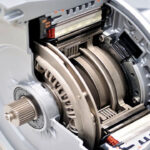 How to Address Clutch Judder in the Fiat Panda
How to Address Clutch Judder in the Fiat Panda- Misalignment can cause the vehicle to pull to one side, leading to uneven tire wear and reduced vehicle performance.
- Imbalance can cause vibrations, leading to reduced comfort and increased wear on other components.
- Improper adjustment of the suspension can cause misalignment, leading to reduced vehicle performance and increased maintenance costs.
What are the most common problems with a used Fiat Panda hatchback?

The Fiat Panda is a popular used car in the hatchback segment, known for its compact size and versatility. However, like any other used vehicle, it is not immune to certain problems. Some of the most common issues with a used Fiat Panda hatchback include problems with the engine, transmission, and electrical systems.
Engine Issues
The Fiat Panda's engine can be prone to certain issues, particularly as the mileage increases. Some common problems include oil leaks, worn-out piston rings, and faulty timing chains. These issues can be caused by a combination of factors, including poor maintenance, driving habits, and the natural aging process of the vehicle.
- Oil leaks can occur due to worn-out engine gaskets and seals.
- Worn-out piston rings can cause a decrease in engine performance and fuel efficiency.
- Faulty timing chains can lead to engine stalling or failure to start.
Transmission and Clutch Problems
The transmission and clutch are critical components of the Fiat Panda's drivetrain, and problems with these systems can be frustrating for owners. Some common issues include worn-out clutch components, transmission gear wear, and clutch slave cylinder failure. These problems can be caused by a combination of factors, including driving habits, maintenance, and the natural wear and tear of the vehicle's components.
- Worn-out clutch components can cause slipping or difficulty shifting gears.
- Transmission gear wear can lead to grinding or crunching noises when shifting.
- Clutch slave cylinder failure can cause the clutch to malfunction or fail.
Electrical System Faults
The electrical system is a complex network of components that power various systems in the Fiat Panda, including the engine, lights, and infotainment. Some common issues with the electrical system include faulty wiring, blown fuses, and malfunctioning sensors. These problems can be caused by a combination of factors, including wear and tear, water ingress, and poor maintenance.
- Faulty wiring can cause intermittent or persistent electrical faults.
- Blown fuses can cause specific systems to malfunction or fail.
- Malfunctioning sensors can cause issues with engine performance, safety features, or convenience systems.
What are the 5 steps to diagnose problems with suspension system?
To diagnose problems with a suspension system, follow these 5 steps:
The suspension system is a critical component of a vehicle, responsible for providing a smooth ride, maintaining tire contact with the road, and ensuring overall vehicle stability. When issues arise, it's essential to identify the root cause to make the necessary repairs.
Initial Inspection
The first step in diagnosing suspension problems involves a thorough visual inspection. This includes checking for signs of wear, damage, or leaks in the suspension components, such as shock absorbers, struts, springs, and control arms.
- Inspect the shock absorbers and struts for leaks or damage.
- Check the springs for sagging or breakage.
- Examine the control arms and bushings for wear or damage.
The 5 steps to diagnose problems are:
1. Conduct a visual inspection of the suspension system to identify any signs of wear or damage.
2. Check the vehicle's ride height to ensure it's within the manufacturer's specifications.
3. Perform a bounce test to assess the shock absorbers' and struts' ability to dampen oscillations.
4. Inspect the tires for uneven wear patterns, which can indicate suspension misalignment or other issues.
5. Take the vehicle for a test drive to replicate the problem and gather more information.
Checking for Uneven Tire Wear
Uneven tire wear can be a significant indicator of suspension problems. By inspecting the tires, you can identify potential issues with the suspension alignment or other components.
You may be interested in reading How to Address Clutch Judder in the Fiat Panda
How to Address Clutch Judder in the Fiat Panda Preventing Engine Overheating in Your Fiat Panda
Preventing Engine Overheating in Your Fiat Panda- Check the tire tread for uneven wear patterns, such as feathering or cupping.
- Inspect the tire sidewalls for signs of damage or excessive wear.
- Compare the tire wear on both sides of the vehicle to identify any discrepancies.
Test Driving the Vehicle
A test drive is essential to diagnose suspension problems, as it allows you to replicate the issue and gather more information.
- Drive the vehicle on different road surfaces to assess its performance.
- Pay attention to any unusual noises, vibrations, or movements.
- Check the vehicle's stability and responsiveness during cornering or braking.
What is the life expectancy of a Fiat Panda?
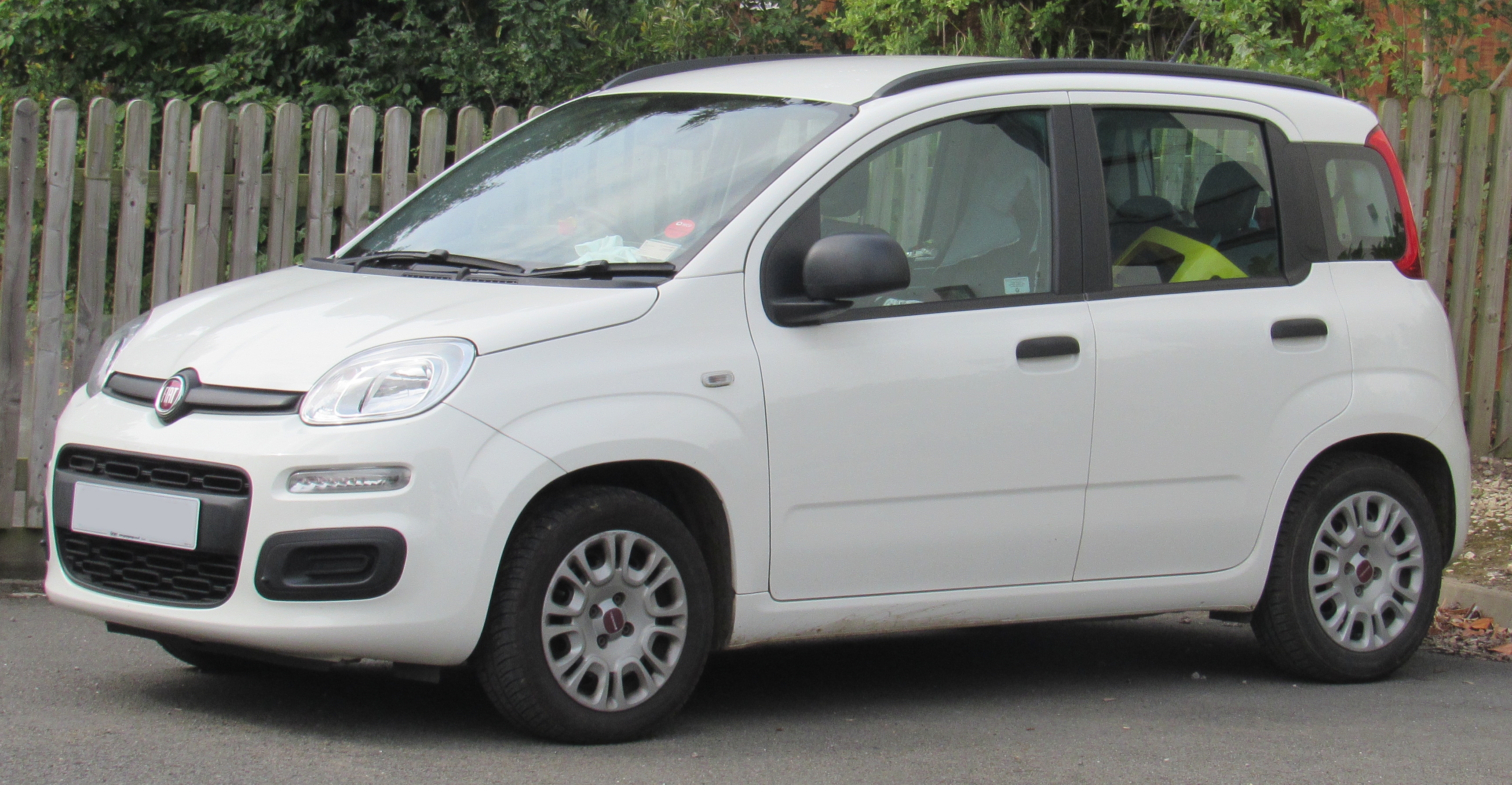
The life expectancy of a Fiat Panda can vary significantly based on several factors including maintenance, driving conditions, and model year. Generally, a well-maintained Fiat Panda can last for a considerable amount of time. The durability and longevity of the vehicle are influenced by how regularly it is serviced, the quality of the parts used for repairs, and the driving habits of the owner.
Factors Influencing Life Expectancy
The life expectancy of a Fiat Panda is influenced by a variety of factors. Regular maintenance is crucial as it ensures that the vehicle remains in good condition. Driving conditions also play a significant role; for instance, driving in harsh weather conditions or on rough roads can reduce the lifespan of the vehicle.
- Regular servicing helps in identifying potential issues before they become major problems.
- Driving habits, such as rapid acceleration and braking, can affect the wear and tear of the vehicle's components.
- The quality of fuel used can also impact the longevity of the engine and other parts.
Average Mileage and Lifespan
On average, a Fiat Panda can last for around 150,000 to 200,000 miles, provided it is properly maintained. This translates to a lifespan of approximately 10 to 15 years, depending on the annual mileage. Some owners have reported their vehicles lasting longer, with proper care and maintenance being key factors.
- Annual mileage can significantly affect the overall lifespan of the vehicle.
- Models with more robust engines tend to last longer than those with less powerful ones.
- Keeping the vehicle in a garage can protect it from harsh weather conditions, potentially extending its lifespan.
Tips for Extending Life Expectancy
To maximize the life expectancy of a Fiat Panda, owners should adhere to a regular maintenance schedule. This includes oil changes, tire rotations, and checking for any signs of wear on critical components. Additionally, driving sensibly and avoiding extreme temperatures can help.
- Regularly checking and maintaining the recommended tire pressure can improve fuel efficiency and reduce wear.
- Addressing any issues promptly can prevent minor problems from becoming major repairs.
- Using genuine parts for repairs can ensure that the vehicle continues to run smoothly.
Frequently Asked Questions
What are the common suspension problems in Fiat Panda?
The Fiat Panda is prone to suspension issues, including worn-out shock absorbers, faulty strut mounts, and damaged ball joints. Other problems include loose or worn-out bushings, misaligned wheels, and broken coil springs. These issues can cause uneven tire wear, vibrations, and a rough ride. Regular inspections can help identify these problems early on, preventing further damage and costly repairs.
How to identify suspension problems in Fiat Panda?
To identify suspension problems, look out for signs such as uneven tire wear, vibrations while driving, and a rough or bouncy ride. Listen for unusual noises, like clunking or squeaking sounds, when driving over bumps. Inspect the suspension components for wear or damage, and check for any signs of leaks around the shock absorbers. If you notice any of these symptoms, have your Fiat Panda inspected by a mechanic to determine the cause.
Can I fix Fiat Panda suspension problems myself?
While some suspension problems can be fixed DIY, it's recommended to seek professional help for complex issues. Replacing shock absorbers or struts requires specialized tools and expertise. However, simple tasks like checking and tightening loose bushings or replacing worn-out dust boots can be done at home. Always refer to your repair manual and take necessary safety precautions when working on your vehicle's suspension.
How much does it cost to repair Fiat Panda suspension?
The cost of repairing Fiat Panda suspension problems varies depending on the extent of the damage and the type of replacement parts needed. On average, replacing a shock absorber can cost between $200-$500, while a strut replacement can range from $300-$700. Labor costs can add an additional $100-$300. It's essential to get a detailed quote from a mechanic to determine the total cost of the repairs.
You may be interested in reading How to Address Clutch Judder in the Fiat Panda
How to Address Clutch Judder in the Fiat Panda Preventing Engine Overheating in Your Fiat Panda
Preventing Engine Overheating in Your Fiat Panda Fixing Fiat Panda Door Lock Malfunctions: A Comprehensive Guide
Fixing Fiat Panda Door Lock Malfunctions: A Comprehensive Guide
If you want to know other articles similar to Fiat Panda Suspension Problems: Identifying and Fixing Common Faults you can visit the category Fiat Panda.
Deja una respuesta




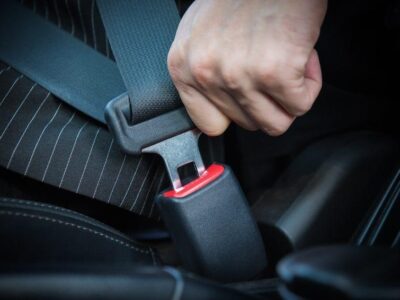

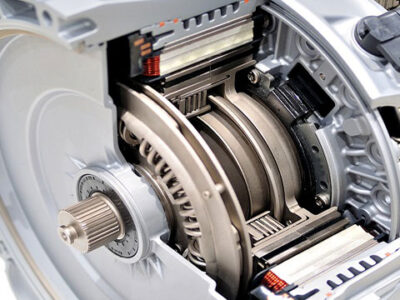
More content of your interest